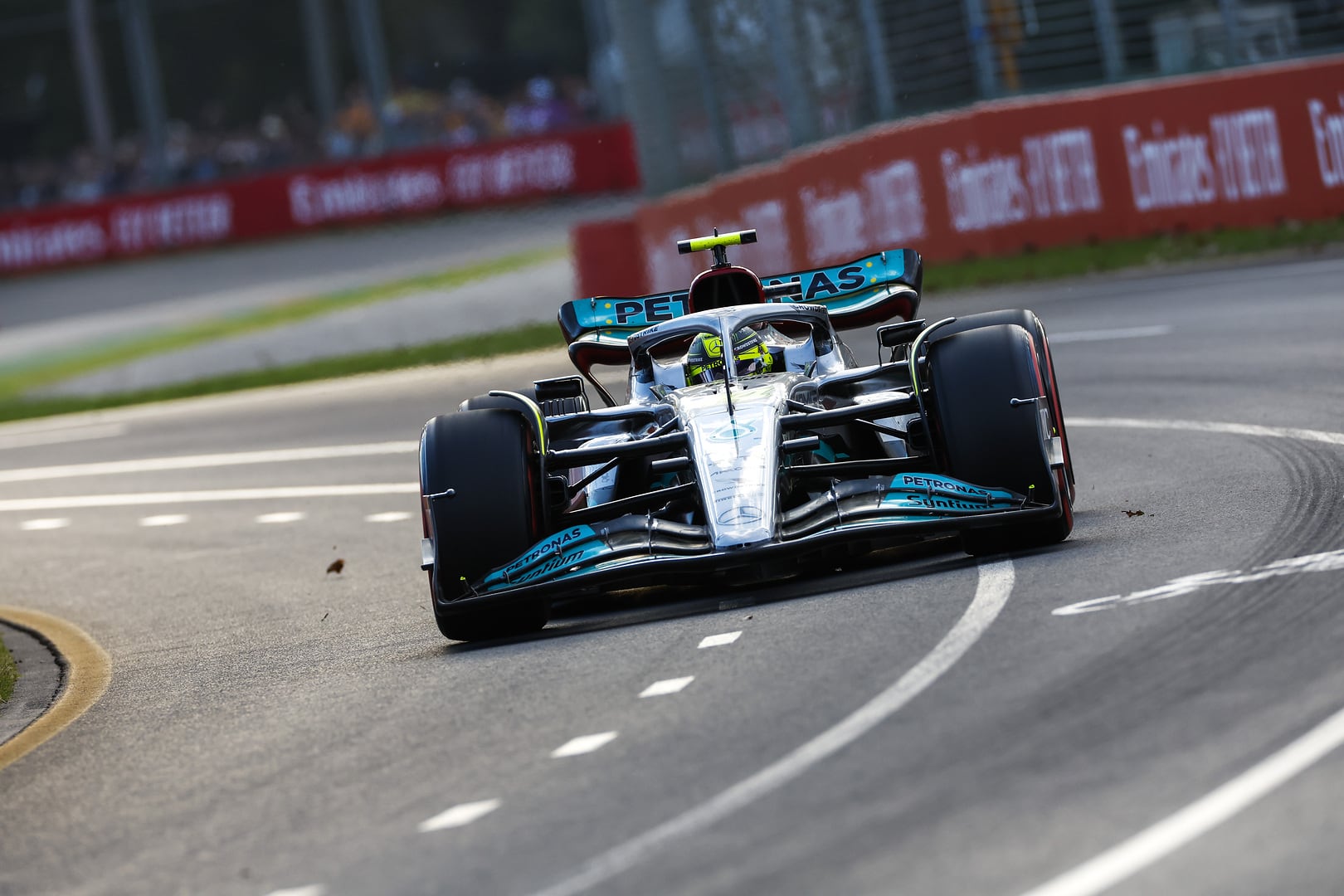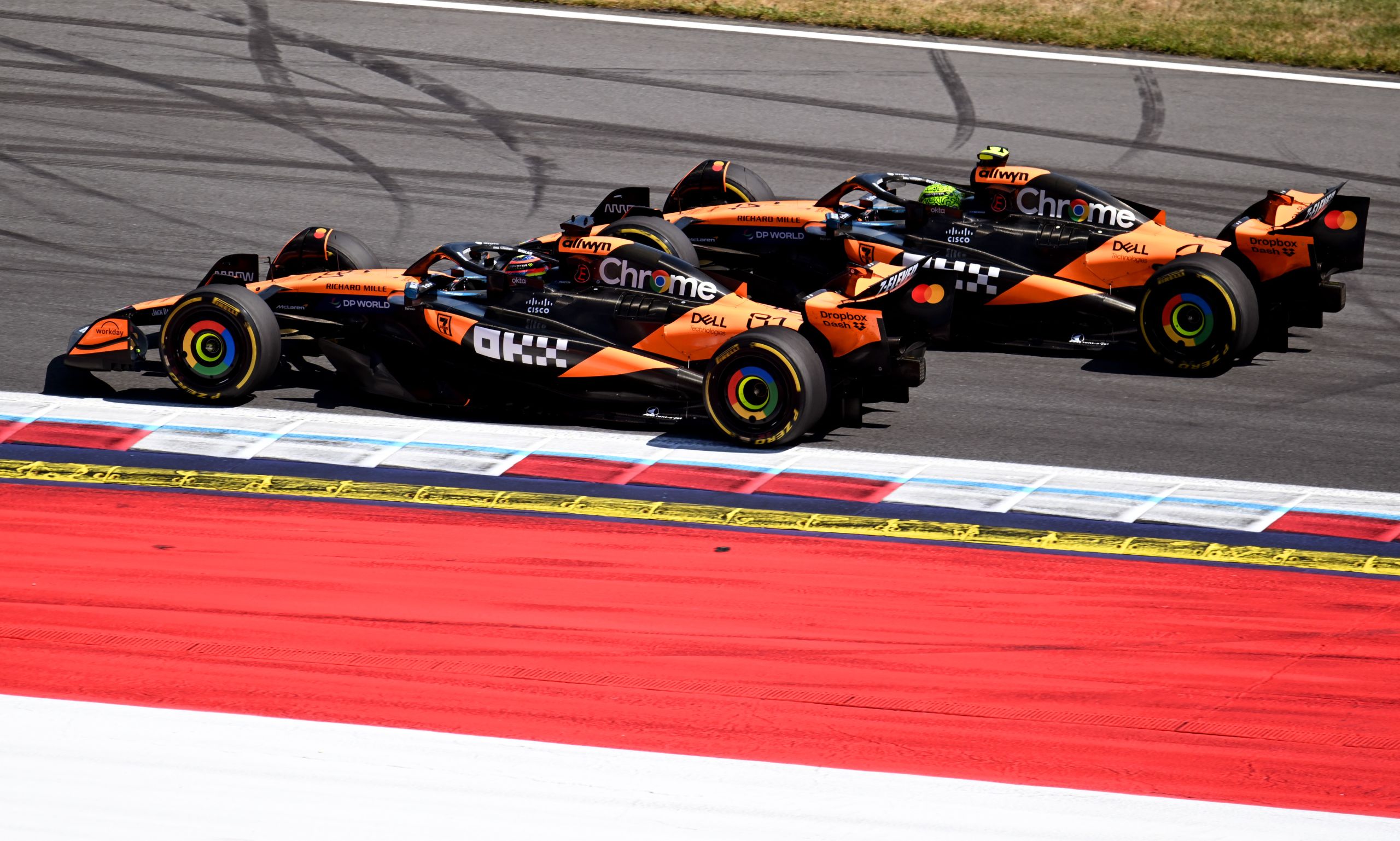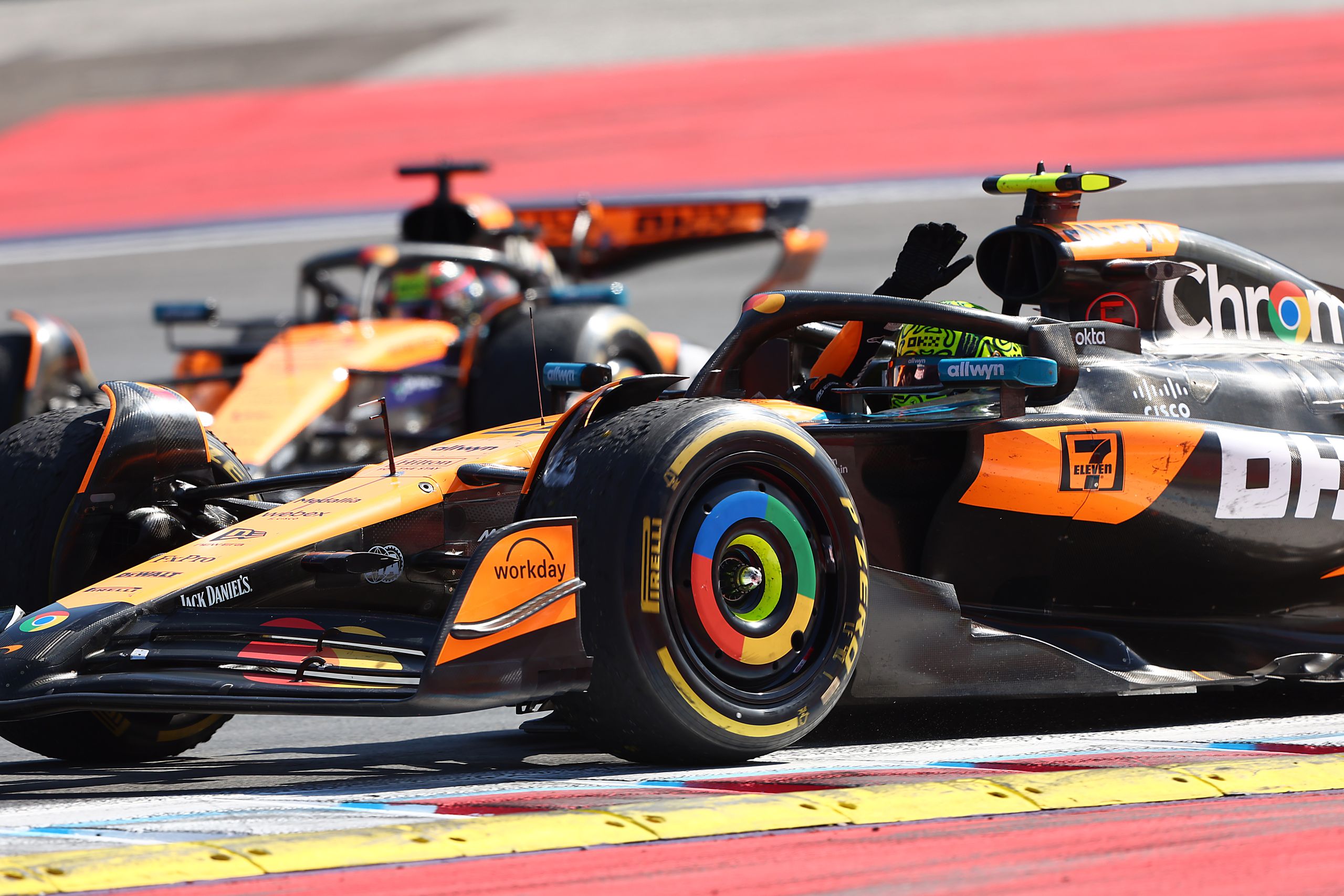How does porpoising affect a Formula One car’s performance?


Porpoising is an often misunderstood phenomenon in Formula One racing. It occurs when the car hits the ground and then rebounds off it, creating a “porpoise-like” motion that can have a significant effect on how the car performs. While it may appear to be a minor issue, porpoising can have a significant impact on a car’s performance, and understanding the physics behind the phenomenon is essential for any driver hoping to reach the top of the podium. This article will look at the effects of porpoising on a Formula One car, and how drivers and teams can use this knowledge to their advantage.
What is porpoising?
In Formula One, porpoising is a phenomenon that appears when a car bounces up and down on the track. While the bouncing effect is common on any car, the frequency of the movement and the distance the car travels can be greatly affected by track conditions, car setup, and driver technique. The car’s suspension is designed to travel up and down a certain distance as the car travels over the track, but when the car actually travels higher than this set point, it is known as porpoising. While porpoising is often described as a bouncing motion, it can also be thought of as a car travelling too far off the ground. Drivers describe feeling like they are driving on a rough road or over train tracks, and they can experience significant G-forces during porpoising.
The physics behind porpoising
To understand the physics behind porpoising, it’s helpful to first break down the different forces acting on a Formula One car. The car is going forward thanks to the engine, and it is also being pushed down by the force of gravity. These two forces are acting in the same direction, so they create a net force of zero. However, the car is also experiencing a force pushing it up as it travels over the track. This is the force of the track pushing up on the car, and it’s caused by friction. While the car’s wheels are rolling, they are also rubbing against the surface of the track. This causes the track to be heated and worn down, and it’s this friction that causes the track to push up on the car. The intensity of this force depends on the coefficient of friction between the car and the track. It is also affected by the car’s weight, how quickly the car is travelling, rain, and other environmental factors. A heavier car will create more friction between the track and the wheels, which will increase the amount of force pushing the car upwards.
How does porpoising affect a Formula One car’s performance?
While porpoising may sound like a minor issue compared to other issues in Formula One, it can actually affect a car’s performance significantly. The amount of time a car spends in the air or bouncing on the track changes the car’s downforce, which is the force that keeps the car stuck to the track. If a car spends too much time in the air, it won’t be able to generate enough downforce to stay on the track. The amount of time a car spends in the air is determined by the amount of force pushing the car upwards and the amount of force pulling the car back down to the track. When the car is on the ground, the amount of friction between the car and the track determines how much force is pulling the car down. However, when a car is in the air, the amount of force pushing the car upwards determines how much force is pulling it back down. This means that a car that is bouncing more will spend less time on the ground, which will decrease the amount of friction between the car and the track.
How to measure porpoising
One key way to understand the level of porpoising is to measure it. This can be done using a skid pad, which is a large, smooth area often found at racing circuits. The pad is designed so that a car can be driven at full throttle without gaining any traction, allowing drivers to test the amount of downforce their car produces. Drivers can use the skid pad to measure the amount of force pushing their car upwards while they are travelling at full throttle. They can then compare this to the amount of force pushing their car upwards while they are travelling at a reduced throttle, which will let them know the amount of force pulling their car down while they are on the track. Another way to measure porpoising is to use a porpoise meter. This device is essentially a wheel that measures the rate at which the car is bouncing. This allows drivers to see how the car is performing and whether it is likely to be bouncing excessively.
Strategies to manage porpoising
A significant amount of porpoising can indicate that there is an issue with the car’s setup or that it is travelling too quickly. However, an experienced driver will be able to correct for some porpoising by slowing down and managing their car’s speed. Porpoising can also be managed by changing the car’s setup. This can include adjusting the wheel rate from the suspension, altering the camber angle, and fine-tuning the ride height. Changing the car’s setup will require practice, patience, and expertise from the mechanics, but it can be a significant advantage in the right hands. Another strategy to manage porpoising is to use a different track or section of track. While porpoising is a natural part of racing and happens on all tracks, certain sections may be less prone to porpoising than others. The best way to find out which parts of each track are best for a particular car setup is to monitor the data from testing.
How teams can use porpoising to their advantage
Teams are aware that porpoising can have a significant impact on a car’s performance, but they can also use this knowledge to their advantage. During setup, teams will often build in some porpoising as a safety net. By allowing the car to bounce a bit, they are giving themselves some leeway to account for environmental factors and driver error. This can be done by setting the car up with softer suspension, loosening the car’s steering, and using less camber. Teams can also use porpoising to their advantage when controlling other car’s performance. This can be done by putting more air in the tyres, which will make the car bounce more. This will slow down the car in front and give the car behind an advantage.
Porpoising and aerodynamics
Porpoising can have a significant impact on a car’s aerodynamics. If the car is bouncing too much, the reduced time on the ground will decrease the amount of downforce the car produces. This can be particularly problematic on corners where a car needs maximum downforce, like the corner entry. The reduced downforce will cause the car to lose grip on the track, which will cause it to slide and make it harder to drive.
Porpoising and driver technique
The driver’s technique can also play a role in how much porpoising is happening with the car. The driver’s foot position can have a significant impact on the amount of porpoising, and poor positioning can lead to the car bouncing up and down more frequently. The driver’s foot position is important because it determines how much pressure is being used to push the pedal. If a driver has his foot too far back, he will use less pressure. If he has his foot too far forward, he will use more pressure. This can have a significant impact on the amount of porpoising the car experiences. It’s important to note that foot position can vary from driver to driver. It is also important to consider the type of driving each driver is doing. A driver whose main focus is corner entry will likely want a foot position that is different from a driver whose focus is on corner exit.
Porpoising in other motorsports
Just like in Formula One, porpoising can have a significant impact on a car’s performance in other forms of motorsports. However, the way teams respond to porpoising may vary from one series to another. NASCAR, for example, does not allow drivers to change camber angles, which means teams don’t have as many options for managing porpoising. In NASCAR, teams may instead choose to adjust their suspension, which will change the car’s ride height. In rally, where the length of the track is constantly changing, drivers and teams must be ever-vigilant against porpoising. Track conditions are constantly changing, which can lead to a much higher rate of bouncing than in other series.





